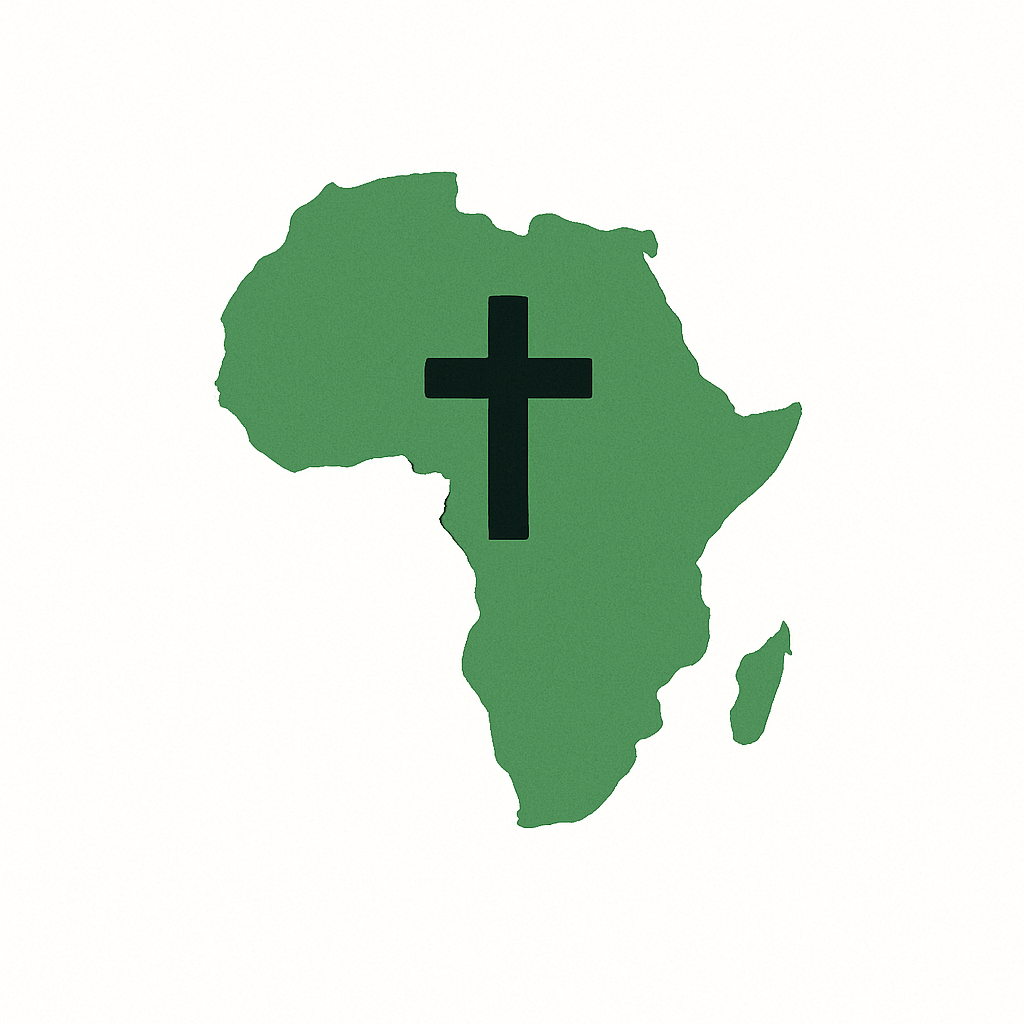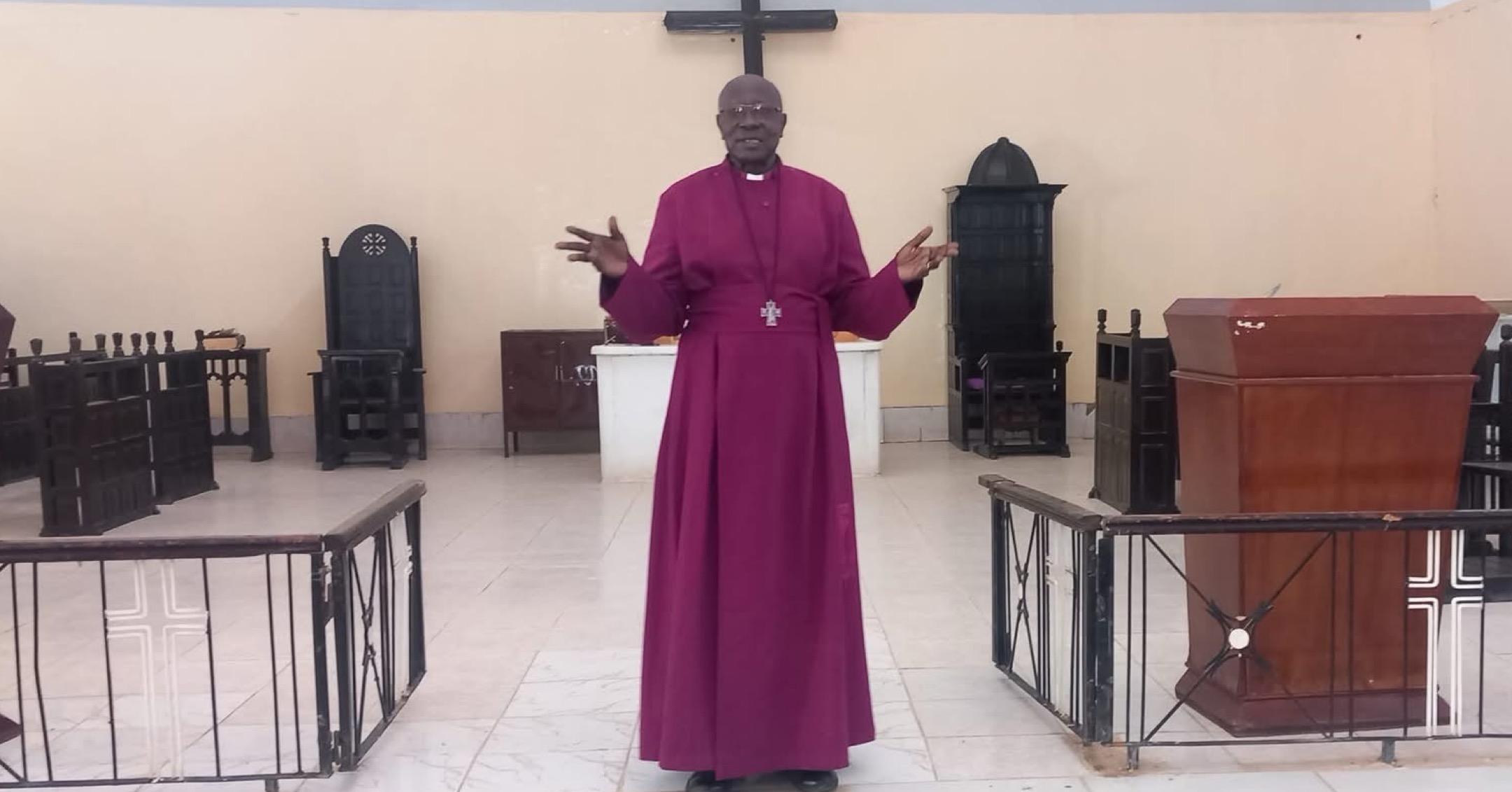Archbishop Ezekiel Kondo’s first visit after two and a half years’ absence to All Saints’ Cathedral, Khartoum
Let us be honest. When conflict tears through a nation, it leaves more than shattered buildings. It wounds the spirit, silences communities, and tempts even the faithful to despair. That is why the return of Archbishop Ezekiel Kondo to All Saints’ Cathedral in Khartoum, after more than two years away, matters so profoundly.
This was no ordinary homecoming. His absence was forced by war, displacement, and chaos. His return is a declaration that life and ministry, though bruised, have not been extinguished. It is a visible sign that hope, though battered, still stands its ground.
A Time of Deep Sorrow
The war that erupted in April 2023 plunged Sudan into deep suffering. The Church has not stood apart from that pain.
All Saints’ Cathedral was seized by paramilitary forces, turned into a military base, and stripped bare. The Archbishop’s residence, the dean’s house, and diocesan offices were looted and destroyed. Worship was disrupted, clergy were scattered, and congregations dispersed.
Across the country, in places such as Darfur, Omdurman, and El Fasher, churches were bombed, communities displaced, and families torn apart. In El Fasher alone, three churches were struck in targeted assaults. Hospitals were hit, civilians died, and behind every statistic lies a name, a family, a story of loss.
The nation’s wounds are deep: famine, fear, and a broken social fabric. The Church shares that pain. It bleeds with its people, standing not above the nation’s sorrow but in the very midst of it.
The Significance of the Return
When the Archbishop stepped again onto the grounds of All Saints’ Cathedral, it was far more than a ceremonial visit. It was, quite simply, an act of faith under fire.
His return proclaims that the Church of Christ is not defeated. The walls may be scarred, but the mission remains intact. In a context where destruction has become routine, this moment declares that evil does not write the final chapter.
There is something profoundly biblical about that truth. Throughout Scripture, the people of God are called to rebuild, to rise from ruins, to worship in the dust, and to plant hope where death has walked. Isaiah reminds us that “they will be called oaks of righteousness, a planting of the Lord for the display of his splendour.”
In that sense, Archbishop Kondo’s return is not only symbolic but sacramental, a tangible sign of resurrection amid wreckage. It reminds us that the Church’s foundation is not stone or steel, but Christ himself.
Pathways Ahead: Restoration, Healing, Mission
The way forward will be demanding. The language of rebuilding, so familiar to those who understand military realities, applies equally here. It calls for strategy, endurance, and faith.
- Reconstruction. The Cathedral must rise again, not just as a structure but as a statement, a visible sign that faith still claims the city.
- Pastoral care. The wounded need tending, not only bodies but hearts and minds. Trauma runs deep, and the Church must become a place of refuge and repair.
- Mission renewed. Even amid instability, the Gospel must go on, proclaiming peace, serving the hungry, and comforting the broken.
- Partnership and prayer. The wider Anglican Communion must stand shoulder to shoulder with Sudan, through advocacy, aid, and intercession.
Reconstruction after conflict is never tidy. It demands both courage and coordination, both spiritual conviction and practical planning. Yet history reminds us that faith has always been forged in adversity.
The Church as a Moral Force
In every generation, the Church faces the same test: will it retreat into safety, or advance into the brokenness of the world? The return to Khartoum signals the latter. It is a movement from survival to mission, from endurance to engagement.
Here, the imagery of the military speaks powerfully. A disciplined army knows that retreat, however necessary, is never the end. What matters is the regrouping, the reorganisation that leads to renewed advance.
So it is with the Church in Sudan. Its withdrawal was temporary. Its redeployment is now underway. The weapons are different: prayer, compassion, truth, and forgiveness. Yet the objective is the same, to reclaim ground for life, justice, and peace.
Faith Under Fire
Archbishop Kondo’s presence in that damaged cathedral says more clearly than any sermon that the Church is still here. It is faith under fire, the conviction that the Gospel outlasts violence and that light endures in the longest night.
The Christian story is, after all, a story of resurrection. The Cross looked final. The tomb looked secure. Yet dawn broke, and it breaks still.
So may this moment in Khartoum be more than commemoration. May it mark the return of hope and life, a renewed courage to stand, to serve, and to rebuild.
For the Church in Sudan, and for all of us who follow Christ, the message is the same:
The battle is not over. The light still shines. And by God’s grace, we will stand again.


Leave a Reply